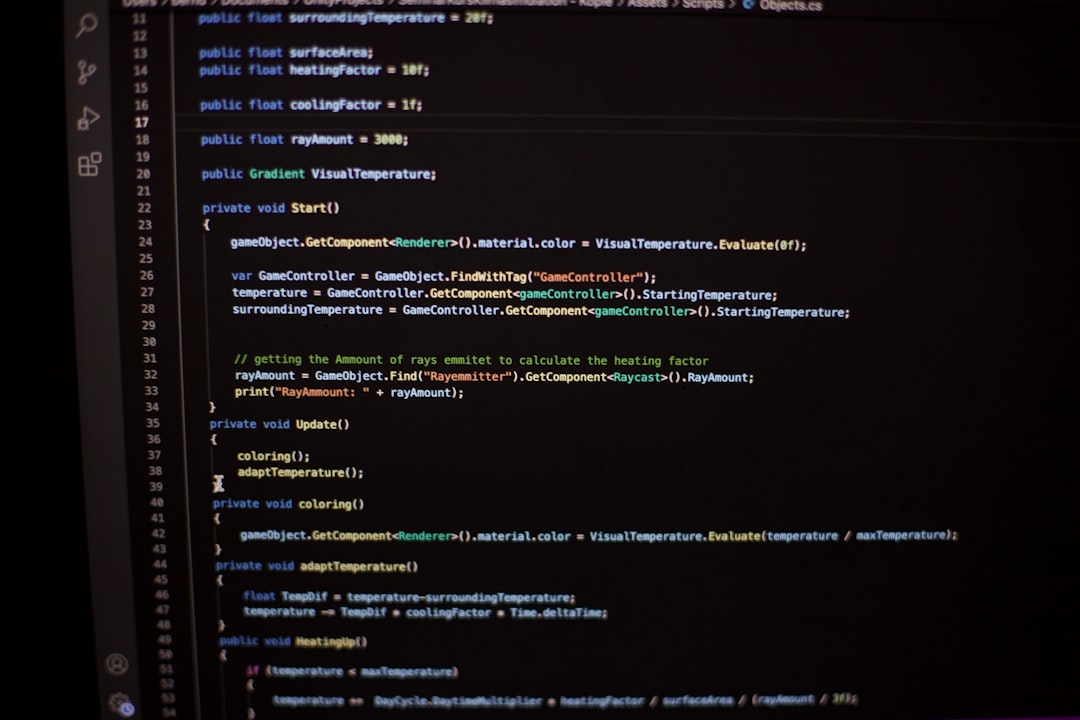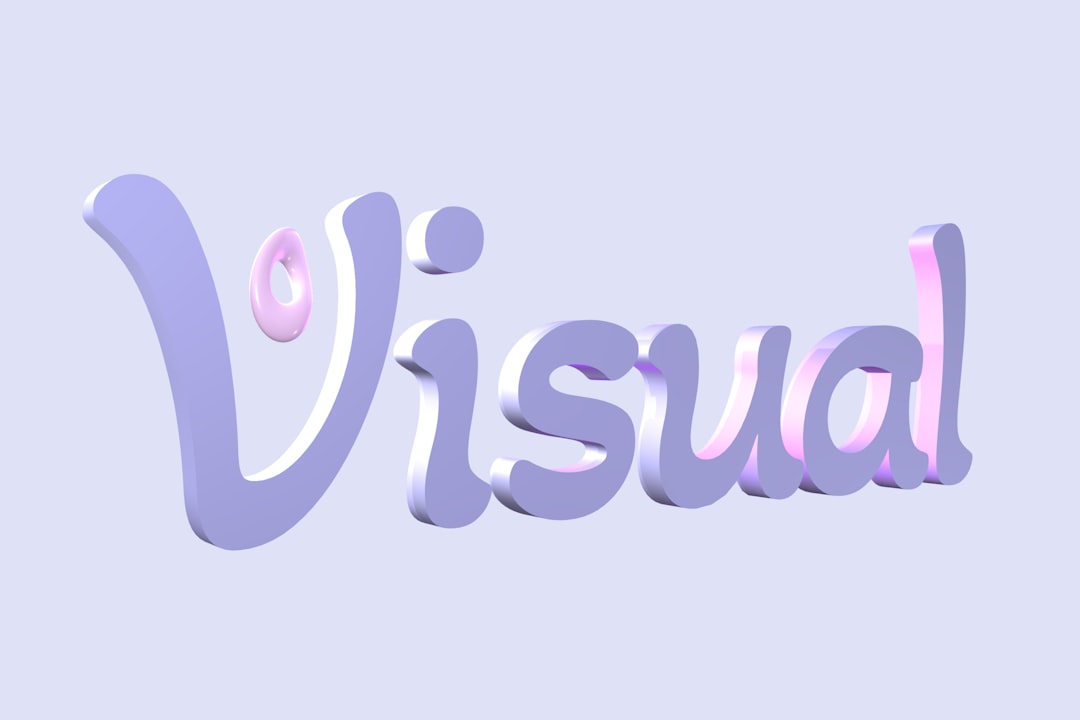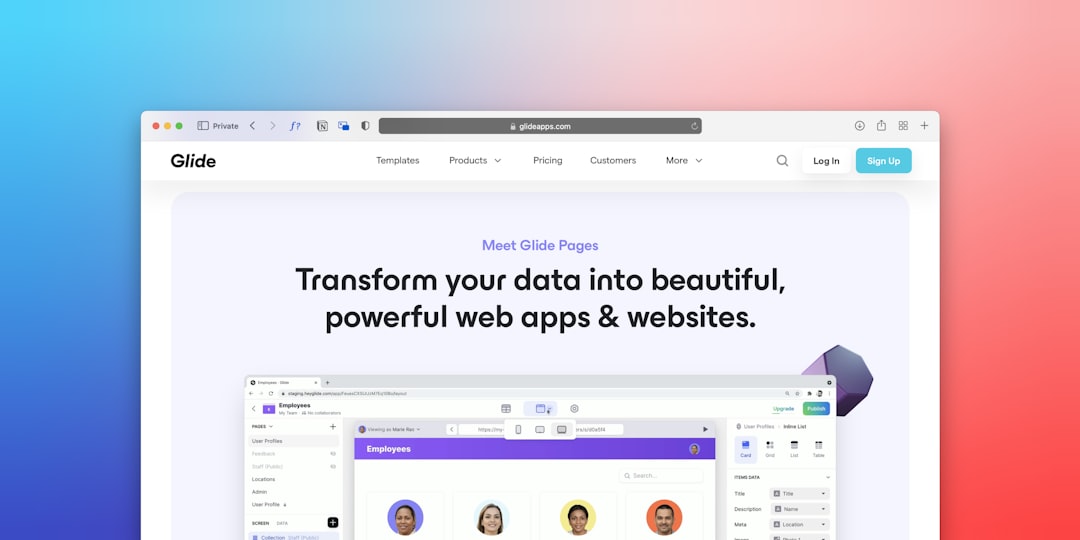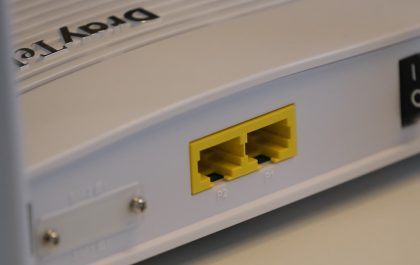For decades, traditional animation has been the backbone of the motion design industry. From hand-drawn cartoons to computer-generated imagery (CGI), every frame required countless hours of labor. However, with the rise of artificial intelligence (AI), platforms like BigMotion AI are reshaping how animations are created, offering a faster, more efficient, and scalable approach that challenges the very foundation of classic animation techniques.
At its core, BigMotion AI utilizes machine learning algorithms and large data sets to automate aspects of motion design that traditionally required human intuition and creativity. This isn’t about replacing creatives; it’s about augmenting their capabilities to explore new horizons that were previously out of reach.
BigMotion AI vs Traditional Animation: The Core Differences
While traditional animation has its undeniable charm and artistry, BigMotion AI is carving a new path defined by speed, flexibility, and intelligent design. Here’s how they compare:
- Time Efficiency: Where traditional animation can take days—or even weeks—for just a few seconds of footage, BigMotion AI can generate animations in real-time using prompts or templates.
- Cost: Hiring professional animators and illustrators can be expensive, especially for startups and small businesses. BigMotion AI automates key processes, making high-quality animation more affordable.
- Scalability: AI-powered tools can easily replicate motion styles and adapt them to new formats, allowing wide scalability for users managing multiple content channels.
- Customization: With AI-driven platforms, users can fine-tune parameters like speed, motion curves, and effects in ways that are often more intuitive than traditional keyframing.
Traditional animators are often limited by frame count, keyframes, and consistent style across a project. But with AI-based design, such limitations are reduced substantially. Platforms like BigMotion AI allow users to animate elements with just textual prompts or minimal input data.

The Role of Creativity in AI-Powered Animation
Some fear that using AI for animation might lead to a creative void, lacking the human touch. However, this perception is quickly changing. BigMotion AI doesn’t remove creativity—it enhances it. By taking care of repetitive or time-consuming tasks, it arms creators with more time to focus on storytelling, concept development, and fine-detail refinement.
Furthermore, AI learns from thousands of motion patterns and design libraries, inspiring entirely new styles that humans may not have discovered organically. For example, BigMotion AI leverages advanced neural networks to suggest creative transitions, camera movements, and visual effects that align with the project’s tone and narrative.
Real-World Applications Transforming Industries
The relevance of BigMotion AI reaches beyond entertainment. Industries adopting AI-driven animation include:
- Marketing: Brands use BigMotion AI to create explainer videos and social media content in minutes.
- Education: Educational institutions develop engaging lessons with automated visuals for better student interaction.
- UI/UX Design: Product designers animate microinteractions and transitions without hiring motion graphics specialists.

As demand for content continues to grow rapidly, motion designers and developers seek tools that align with agile workflows. BigMotion AI is filling this gap by making sophisticated animation technologies accessible, intuitive, and fast.
The Future Is Intelligent Motion Design
While traditional animation will always hold a place for bespoke, high-art projects, the future of mainstream animated content lies in intelligent systems like BigMotion AI. As AI becomes more integrated into creative workflows, we’ll see entirely new forms of expression emerge—ones that are faster, more diverse, and highly adaptive to audience engagement.
FAQ: BigMotion AI vs Traditional Animation
-
Q: Does BigMotion AI replace human animators?
A: No, it enhances human creativity by automating repetitive tasks and offering real-time generation of motion design elements. -
Q: Is AI-generated animation lower in quality?
A: Not necessarily. With the right parameters and input, AI can produce studio-quality animations suitable for professional use. -
Q: Can I use BigMotion AI without animation experience?
A: Yes, the platform is designed for users with varying levels of expertise, offering intuitive controls and templates for beginners. -
Q: What types of animation can BigMotion AI generate?
A: It supports everything from typography animations and logo reveals to complex character movements and infographic visuals. -
Q: Will AI animation limit originality?
A: Quite the opposite—AI fosters experimentation by offering unexpected results, which can spark new creative directions.
yehiweb
Related posts
New Articles
6E Wifi: The Benefits of WiFi 6E Routers
Have you heard about WiFi 6E, the latest step in wireless networking? It’s got tech lovers excited—and for good reason!…


